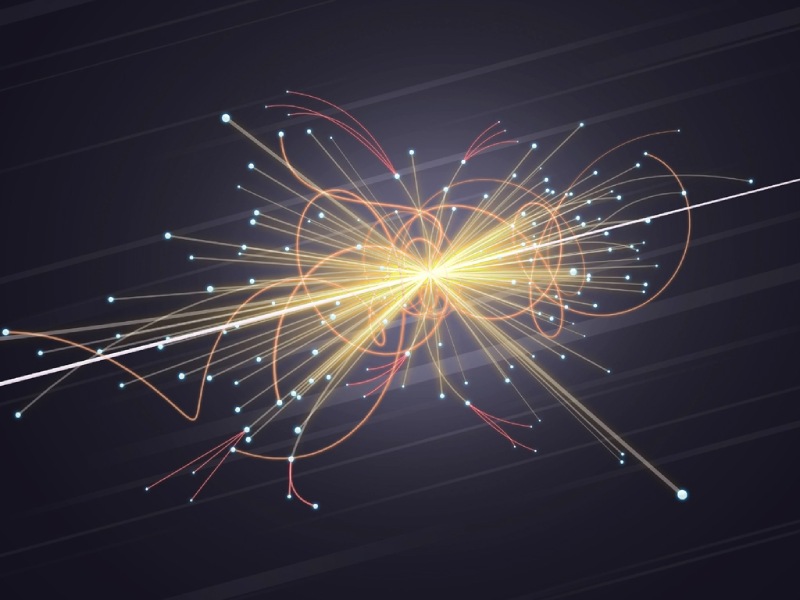
Following a time of careful estimations, researchers reported Thursday that a key molecule – the W boson – has an altogether more noteworthy mass than conjectured, shaking the groundwork of how we might interpret how the Universe functions.
Those establishments are grounded by the Standard Model of molecule physical science, which is the best hypothesis researchers need to depict the most fundamental structure squares of the Universe, and what powers administer them.
The W boson administers what is known as the frail power, one of the four crucial powers of nature, and hence a mainstay of the Standard Model.
Anyway, new exploration distributed in Science said that the most exact estimation made of the W Boson straightforwardly goes against the model’s expectation.
Ashutosh Kotwal, a physicist at Duke University who drove the review, let AFP know that the outcome had taken more time than 400 researchers north of 10 years to examine 4,000,000 W boson applicants out of a “dataset of around 450 trillion crashes”.
These impacts – made by crushing particles together at mind-blowing rates to concentrate on them – were finished by the Tevatron collider in the US territory of Illinois.
It was the world’s most noteworthy energy atom smasher until 2009 when it was superseded by the Large Hadron Collider close to Geneva, which broadly noticed the Higgs boson a couple of years after the fact.
The Tevatron quit running in 2011, yet the researchers at the Collider Detector at Fermilab (CDF) have been doing the math from that point onward.
